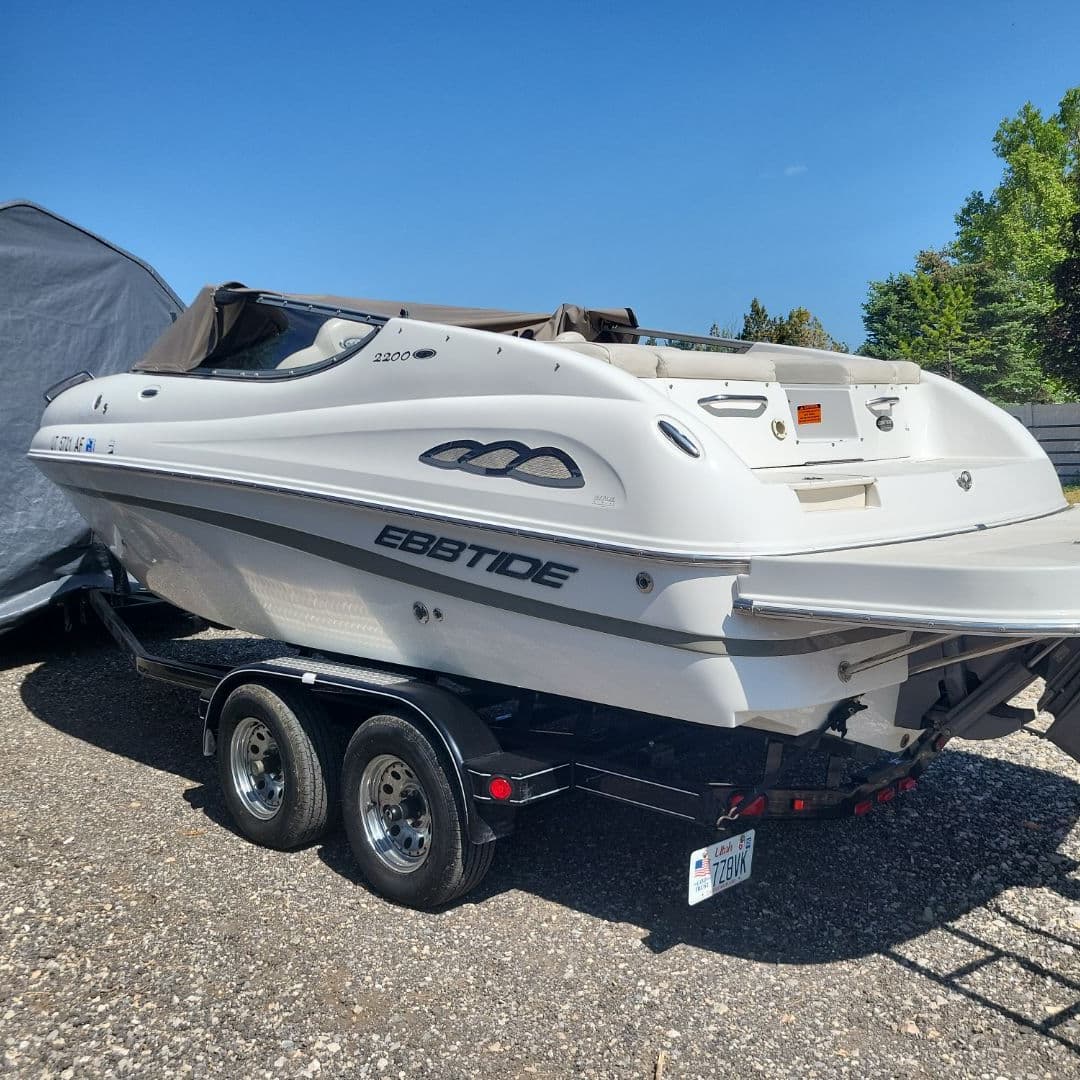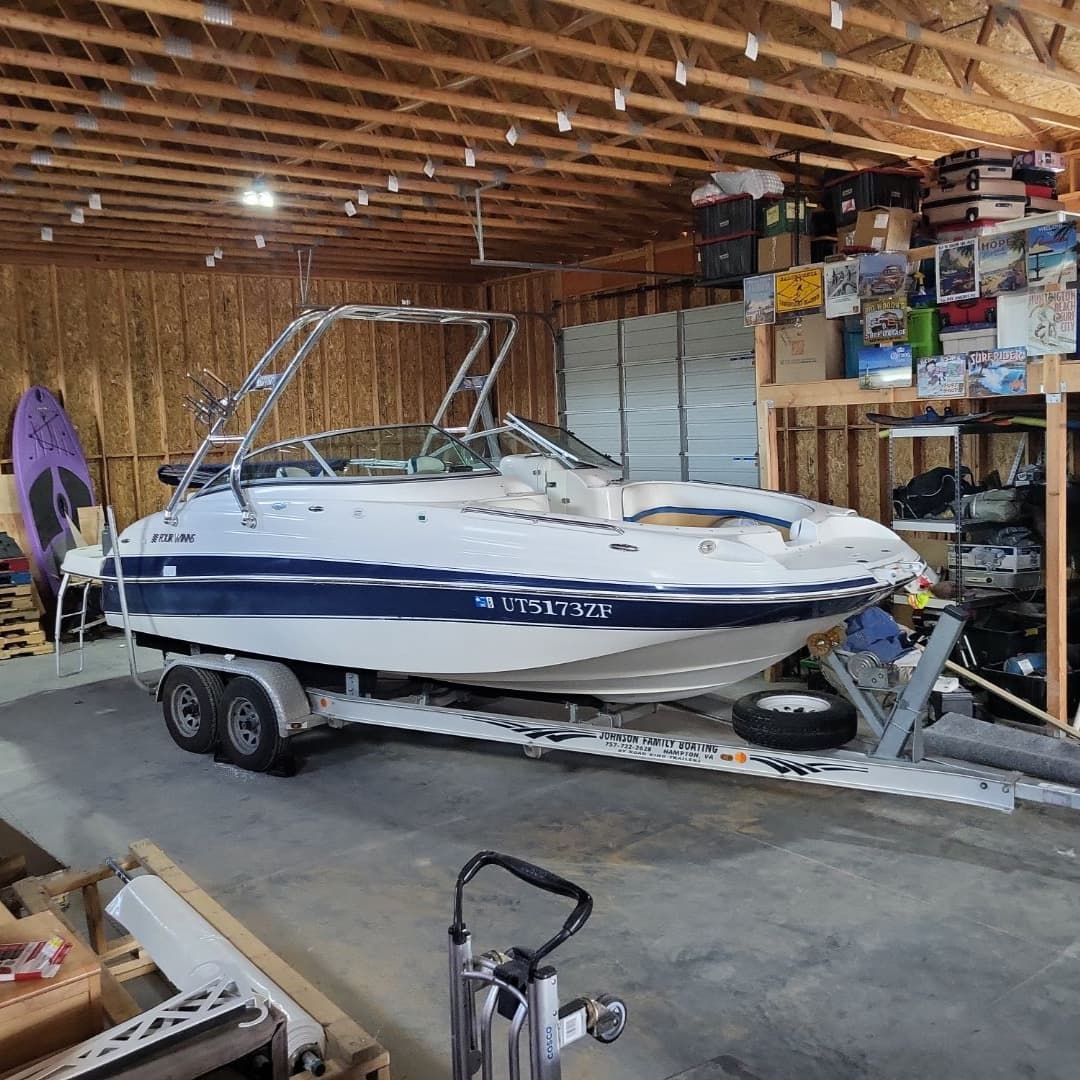Essential Boat Maintenance Tips to Keep Your Vessel in Top Shape
Learn essential boat maintenance tips to keep your vessel in peak condition, avoid costly repairs, and enjoy smooth sailing year-round.

1. Wash Your Boat After Every Use
Why it matters:
Saltwater, algae, and dirt are your boat’s biggest enemies. Saltwater, in particular, is highly corrosive and can quickly damage paint, gelcoat, and metal fixtures if not removed promptly. Even freshwater lakes can leave behind mineral deposits and organic buildup.
Best practices:
- Rinse your boat thoroughly with fresh water immediately after use, focusing on metal fittings, cleats, and other high-corrosion areas.
- Use a marine-safe, biodegradable soap designed for boats to clean the hull, deck, and topside.
- Don’t forget to clean the underside of the boat, especially if it has been in algae-prone waters.
- Dry with a soft microfiber towel to avoid water spots and streaks.
Pro tip:
Apply a protective wax coating to the hull a few times a season. This not only improves the look but also creates a barrier against UV rays and water contaminants.
2. Check and Change Engine Oil Regularly
Why it matters:
Your boat’s engine is the heart of its performance. Oil lubricates moving parts, reduces friction, and prevents overheating. Over time, oil becomes contaminated with debris, fuel, and moisture, which can cause significant engine wear.
Best practices:
- Change your oil every 50–100 hours of operation or at least once a year (whichever comes first).
- Use oil recommended by your engine manufacturer—marine engines often require different formulations than cars.
- Replace the oil filter with each oil change.
- Keep records of oil changes to track maintenance history.
Pro tip:
Warm up your engine before draining the oil—warm oil flows better and removes more contaminants.
3. Inspect and Maintain the Propeller
Why it matters:
A damaged propeller can lead to decreased speed, poor fuel economy, and even engine strain. Fishing lines, rope, and debris can wrap around the prop shaft, causing seal damage and water intrusion.
Best practices:
- Remove and inspect the propeller a few times each season or anytime performance seems off.
- Look for nicks, dents, or bends in the blades. Even small imperfections can create drag.
- Apply marine grease to the propeller shaft before reinstalling to prevent corrosion.
Pro tip:
If you boat in rocky or debris-filled waters, keep a spare propeller and tools onboard for quick replacements.
4. Keep Electrical Systems in Check
Why it matters:
Electrical failures can leave you stranded or unable to use essential equipment like navigation lights, radios, or bilge pumps. Moisture and salt are major culprits in electrical corrosion.
Best practices:
- Inspect battery terminals for corrosion—clean with a mixture of baking soda and water if buildup appears.
- Test all lights, gauges, and switches before each outing.
- Keep batteries charged and replace them every 3–5 years or sooner if performance drops.
- Use dielectric grease on connections to prevent corrosion.
Pro tip:
Install a battery switch to disconnect power when the boat is not in use—this prevents battery drain and reduces fire risk.
5. Protect with a Quality Boat Cover
Why it matters:
Exposure to sunlight, rain, snow, and airborne debris accelerates wear and tear on your boat. A quality cover is your first line of defense against UV damage, mildew, and fading.
Best practices:
- Invest in a custom-fitted cover for maximum protection.
- Always cover your boat when not in use, even during short storage periods.
- If storing outdoors for the winter, consider professional shrink-wrapping for a tight, weatherproof seal.
Pro tip:
Use moisture-absorbing products like DampRid under your cover to prevent mold and mildew.
6. Schedule Professional Maintenance
Why it matters:
Even with diligent DIY upkeep, a marine mechanic’s trained eye can spot hidden problems before they become expensive repairs. Professional maintenance ensures all mechanical, electrical, and safety systems are in top condition.
Best practices:
- Schedule an annual inspection before the boating season starts.
- Have professionals service outdrives, impellers, and cooling systems according to the manufacturer’s schedule.
- Ask for a compression test to ensure engine health.
Pro tip:
Choose a reputable local marine service—a technician familiar with your specific boat type and local waterways can give better, more tailored care.
Frequently Asked Questions
How often should I change my boat’s oil?
Every 50–100 hours of operation or at least once a year, whichever comes first.
Do I need to winterize my boat in mild climates?
Yes. Even in mild winters, fuel, water, and mechanical systems can be damaged by temperature changes and moisture.
How often should I check my propeller?
At least a few times a season or whenever you suspect damage from debris.
Can I do most boat maintenance myself?
Yes, basic tasks like cleaning, oil changes, and battery checks can be DIY, but annual inspections should be done by a pro.
What’s the best way to clean my boat’s hull?
Use a marine-safe, biodegradable cleaner and a soft brush to avoid scratching the surface.
How can I prevent mold and mildew inside my boat?
Keep interiors dry, use moisture absorbers, and ensure good ventilation when stored.
What’s the difference between shrink-wrapping and a regular boat cover?
Shrink-wrapping offers a tighter, more weatherproof seal, making it better for long-term or winter storage.

